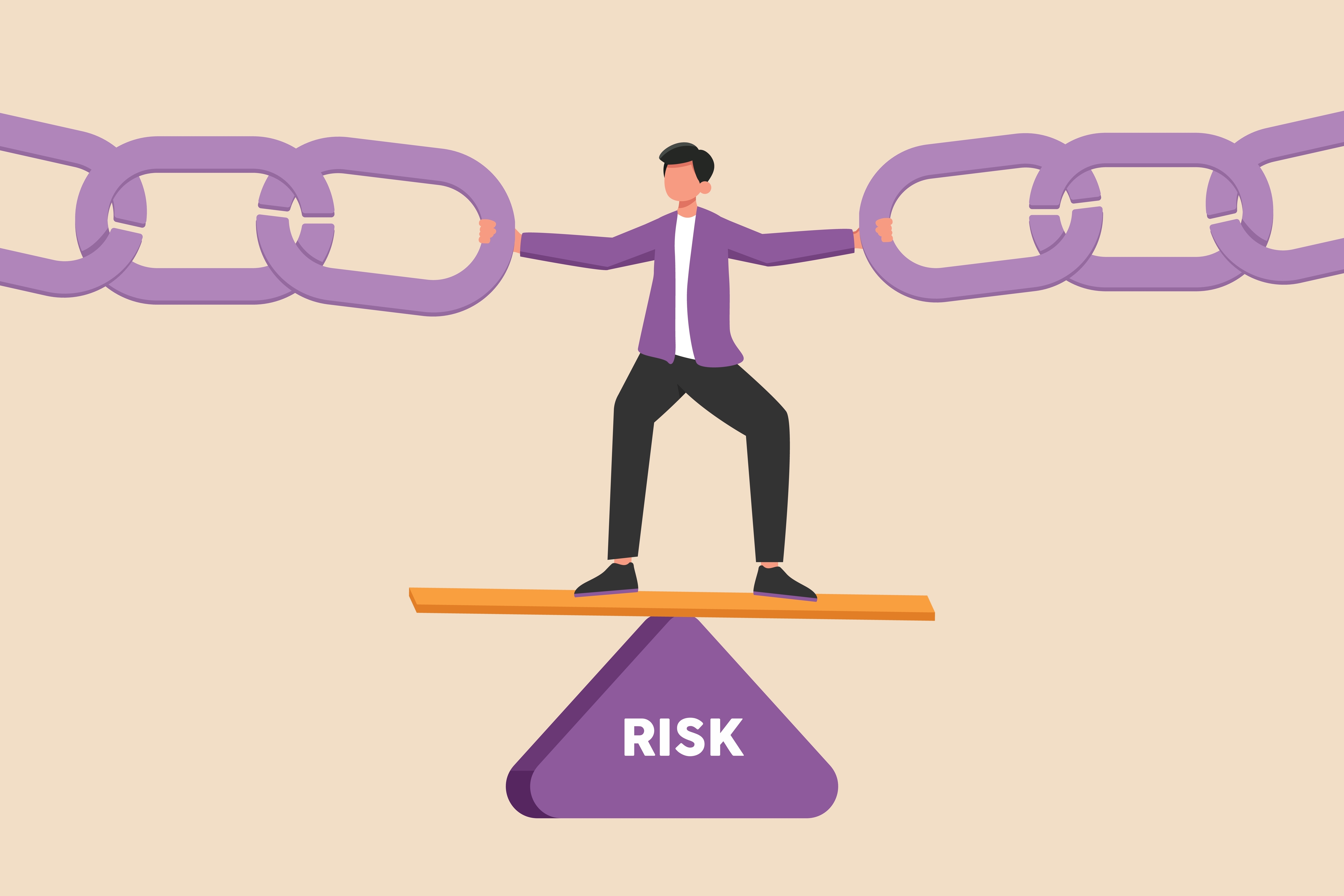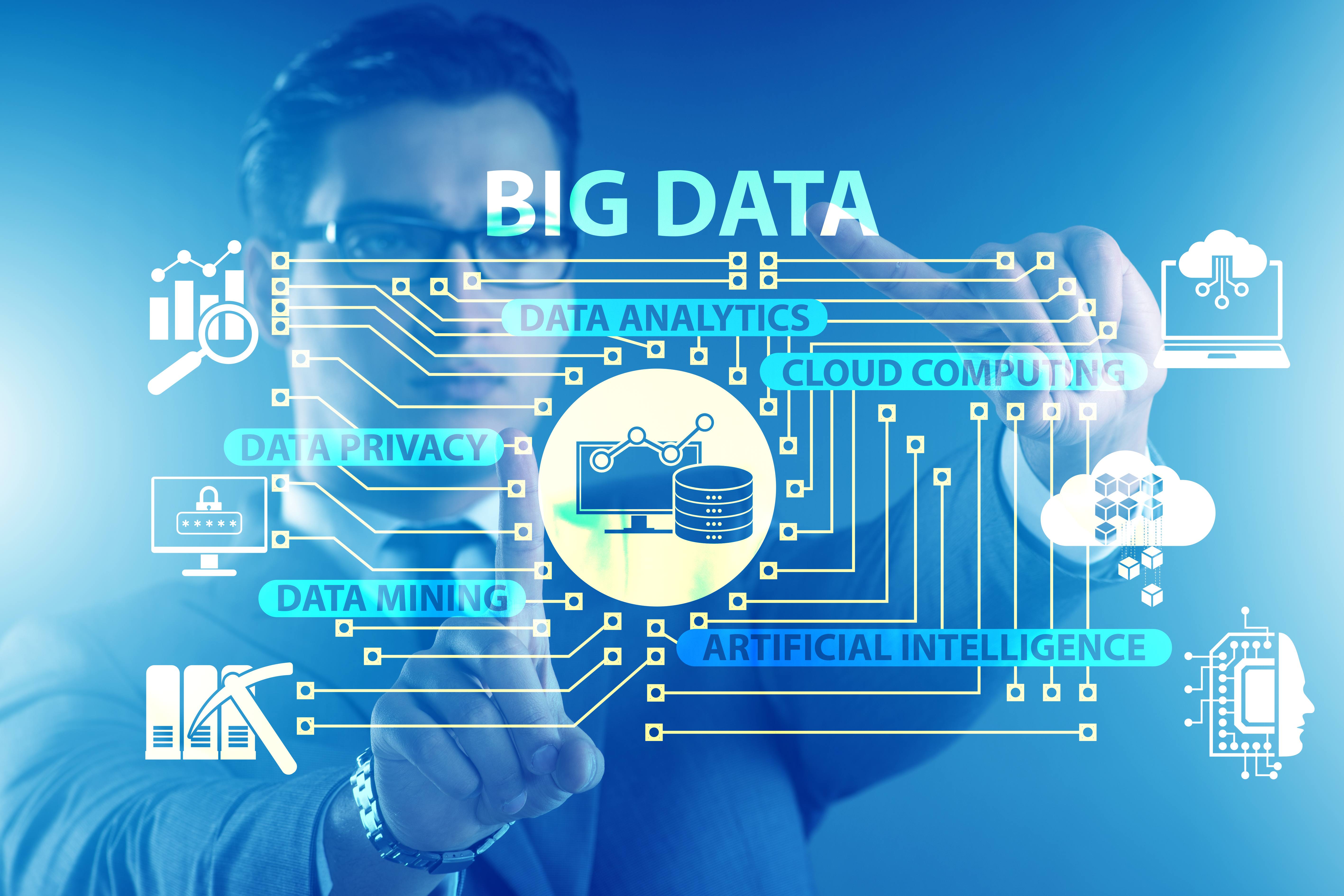A Structured Approach to Supply Chain Risk Management



Summary: The pandemic unleashed a fashion supply chain chaos that is not expected to return to normal anytime soon. Brands and manufacturers should brace up with a supply chain risk management (SCRM) strategy to deal with the ongoing situation for a successful outcome.
Experts have been emphasizing the need of having a resilient and balanced supply chain, but the apparel makers have been pushing it to another day. It took a pandemic to change it all. It showed how vulnerable companies are to disruption of the entire supply that could turn the entire network upside down.
The manufacturing of a garment is a global event. The raw materials could be sourced from different nooks and corners of the world by the manufacturing company from another part of the world. The manufacturer may be following the design and specifications of the brand located in the US. The brand could be having a major market in Europe where the goods have to be shipped. Finally, some of these reused garments may find their way to the other side of the globe.
This intricate process makes it vulnerable to events happening across the globe. For instance, here are some of the factors impacting the supply chain currently:
1. Traffic logjam- shortage of containers
2. Rising energy costs due to the Russia-Ukraine war
3. Climate change impact–floods in Pakistan destroying cotton crops
4. Frequent lockdowns in China due to the Covid scare
A McKinsey and Company survey could be an eye-opener. It says over a decade, companies in the textile and apparel sector can expect a single production shock lasting 100 days to wipe out close to 40 percent of one year’s EBITDA.
Brands need to prepare contingency plan that is aimed at mitigating the risk. One thing is for sure—every brand must be prepared for a new normal, which is frequent supply chain storms. Now is a good time to think about how to do things in the present and future.
Deploy a Solid Supply Chain Risk Management Strategy

Business leaders will have to adopt a holistic approach that unites strategy, design and execution, coupled with a true desire to work together with other stakeholders for creating a system that encourages transparency and traceability. This shall require realignment of structure for supply chain stability.
It no longer holds that resilience can be purchased only at the cost of efficiency. Those hesitant about incurring costs to streamline the supply chain in line with anticipated risks should weigh against heavy financial losses due to any supply chain snag in the future. Even worse, it could also mean losing the market share to brands that can navigate the tide better. Fast fashion brand Zara, for instance, has gone for small batches of collections based on market feedback to reduce surplus production.
Diversify the Production and Sourcing Bases
The production bases have generally been concentrated in labor-intensive countries. In 2005, China exported 79% of the apparel it produced, and by 2018 it had shrunk to 29%. The rising labor cost and rising domestic consumption had made fashion brands look for other South East Asian countries such as India, Vietnam, and Bangladesh, for outsourcing production.
Brands will have to further diversify their production and sourcing centers and look for other options so that when the need arises, a quick switch is possible. In the same way, sourcing diversification should be considered.
Close Band of Suppliers
It so happens that having the supplier base in a particular geographical location becomes a necessity either out of unit economics or specialization of a task. Any calamity in that location would throw the entire supply chain in disarray. The number of layers of suppliers can easily camouflage the risks developing in a situation.

Pockets of suppliers spread over different locations can surely mitigate the risk in case of trouble in one location. Dependence on one country for outsourced contract production or raw material sourcing should at best be avoided.
A digital map of suppliers marking out dependencies shall come in handy for “what-if” planning. For being valuable, these partnerships with vendors need to go deeper and become established. Building a diversified supplier base can only be done over some time, but businesses need to start without any delay.
Make Sustainability Key to Supply Chain Risk Management
Companies need to embed sustainable and ethical practices in apparel manufacturing by improving transparency and traceability.
Not having transparency in the supply network makes it difficult to trace and track the products as they move in the value chain. The lack of transparency makes brands clueless about the collection that they would like to back or, more importantly, adapt to change when faced with unexpected market conditions.
Traceability can help supply chains locate inefficiencies, streamline production or waste, and mitigate financial and reputational risks. It also ensures credibility and compliance in the network. A brand can move ahead with the circular economy by making informed decisions with companies based on data at their disposal.
Hyper Digitalization of the Supply Chain

Current supply chain actors work in silos throughout marketing, product development, and distribution. With digitization, all the processes can be integrated into an online platform making the entire process transparent for all the stakeholders.
Greater visibility in the chain can also help brands manage inventory and warehousing better. These digital systems can be made more productive with methods to anchor product information, ranging from holograms and RFID tags.
All the players in the ecosystem, including brands, manufacturers, suppliers, distributors, and retailers have to come together to create a truly connected supply chain system.
Conclusion
The latest advances in technology offer new solutions for risk mitigation, monitoring many layers of supplier networks, speeding up response time, and even changing the economics of production and gauging consumer preferences better. Some manufacturing companies will no doubt use these tools and devise strategies to come out trumps as more agile and innovative organizations. Try not to be left out!
Fashinza can be your dependable partner in developing a stable supply chain. The platform offers a vetted and trusted supplier base for brands looking for manufacturing and sourcing solutions. Talk to us at Fashinza to know more about supply chain solutions.
Key Takeaways:
1. The supply chain chaos is here to stay.
2. Companies need to adopt a flexible SCRM strategy to absorb supply chain shocks


















